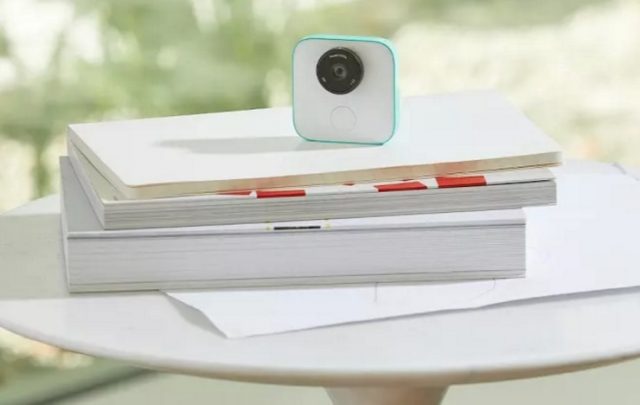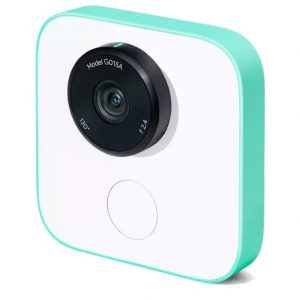Google has introduced two cameras that will interest travel photographers: the camera in the Google Pixel 2 and 2 XL smartphones, and the unique intelligent camera in the Google Clips product. Both cameras make use of artificial intelligence software technology, setting them apart from competition at the moment.
Google Pixel 2
The Pixel 2 and Pixel 2 XL are high-end smartphones from Google that come with a 12.2 megapixel camera. The special feature in the camera is that it lets you capture images like photos taken on a professional camera where the subject is in the foreground and the background is magically blurred. Usually, that kind of images are taken with SLR cameras that come with changeable lenses and sharp optics, but the Google Pixel 2 can do it with a fixed lens.
The Google Pixel 2 comes with optical image (OIS) stabilization feature, a rare but valuable thing to have on a smartphone camera. The feature automatically reduces shake and movement when taking a photo, resulting in sharper images and better pictures in low light.
The camera on the Pixel 2 smartphone uses artificial intelligence software technology to create the blur effect. The software recognizes the main subject in the frame, and slightly fades the background. In order to recognize what is foreground and background in an image, the Pixel 2 combines two images (the photographer takes only one frame and doesn’t notice anything) allowing the software to conclude the depth. The result looks the same as a portrait photo taken on a dedicated high-end camera.
Google is not the first company to apply this technique to smartphone photographs: the Apple iPhone X has the same feature.

Google Clips
The Google Clips is a totally new kind of camera. After you switch it on, the camera takes photographs by itself. It doesn’t snap a continuous stream of images at preset intervals as some life-capture cameras do, but the Clips monitors what is happening around it, who is in the frame, and is the situation worth taking a picture. The magic is achieved by artificial intelligence software that decides when to take a photo. It also decides the settings for the image capture.
For instance, set the Clips on a kitchen table, and it learns the faces of a family. Then, it can take photos when something interesting in the kitchen is happening.
The Clips is a standalone camera, which means that it doesn’t need a connection anywhere to work. All the intelligence is inside the unit, and all the photos are stored in its internal storage.
It is the camera owner’s choice which images he or she decides to share once the photos have been imported to a PC from the Clips. Battery life is only three hours. The price is $250.
What is Artificial Intelligence and what it has to do with a camera?

Artificial intelligence (AI) is a software technology that seems to be able to make conclusions like a human. If ordinary software applications can only respond “yes” or “no” to a question, AI software systems are trained to take into account more variables. Speech recognition and image recognition are the first popular applications for the AI technology. Since AI systems are made of software, humans have coded them, and the quality of the systems depends on the engineering skills of the system designers.
What does this all mean to people who are photographing their travels?
First, it means that photographers who are carrying multiple cameras and/or lenses may consider leaving a camera or a lens home. Since the smartphone, in this case the Pixel 2, can take good enough close-up images of subjects, for non-professional photographers it is an easy decision to drop extra weight from the luggage.
Second, the Google Clips has new kind of potential for the future. At the moment, Google says the camera learns the faces of a family, and the product is focused on delivering photographic moments for the family. That’s fine. The potential is that once the camera and its AI system are developed further, they may be used for other applications as well.
Street photography is an obvious application for the Clips. Capturing images of street life, subjects in animal parks, events in leisure parks, or what happened during a cycling trip or kayak tour are some examples of the other applications.
The Google video for the Clips camera that highlights the family aspect of the product:
